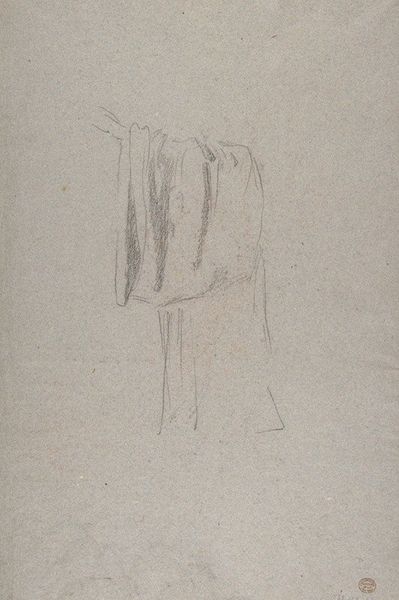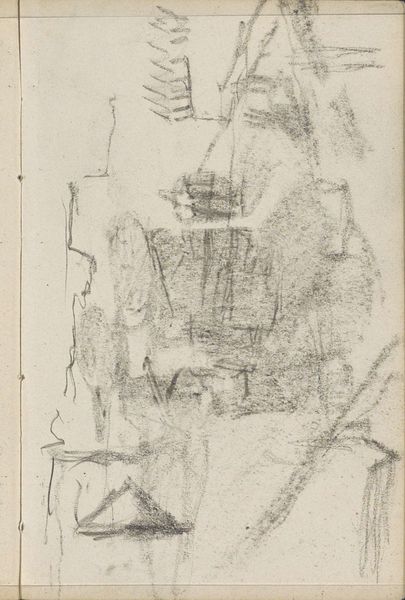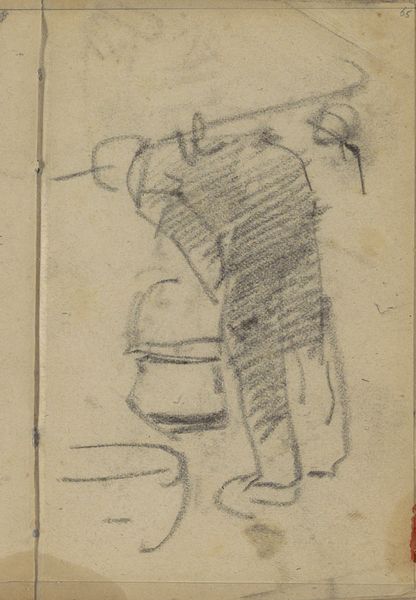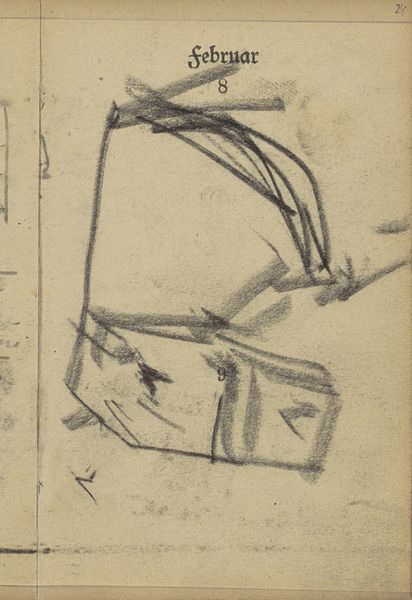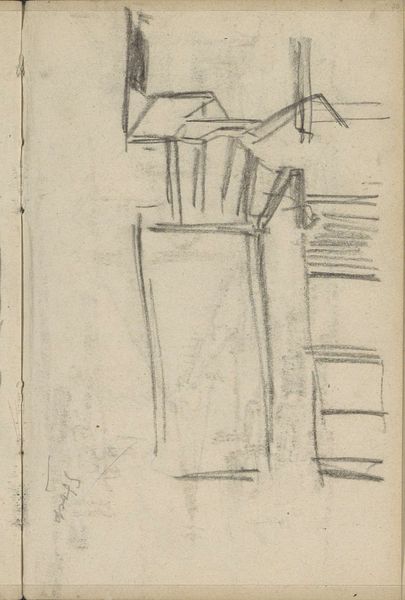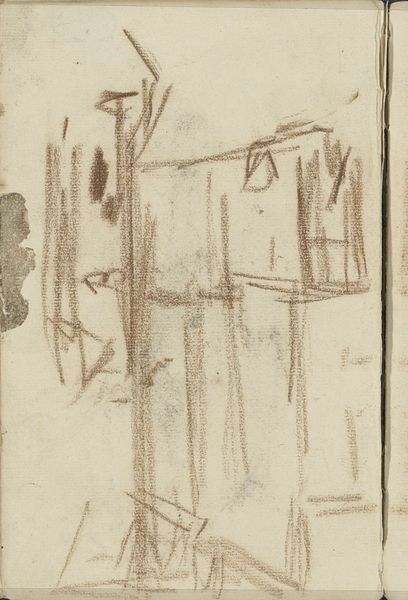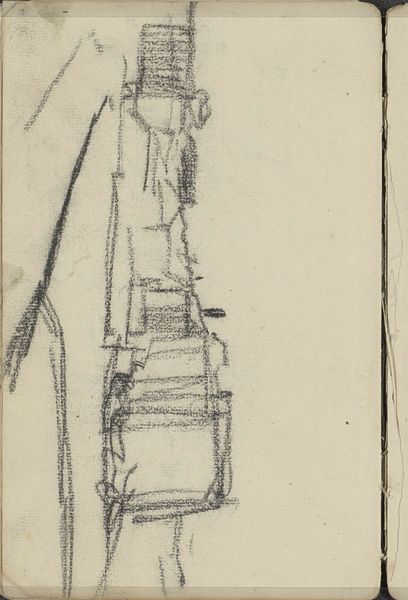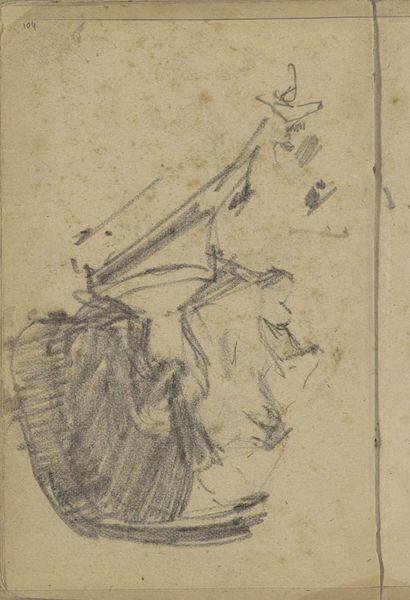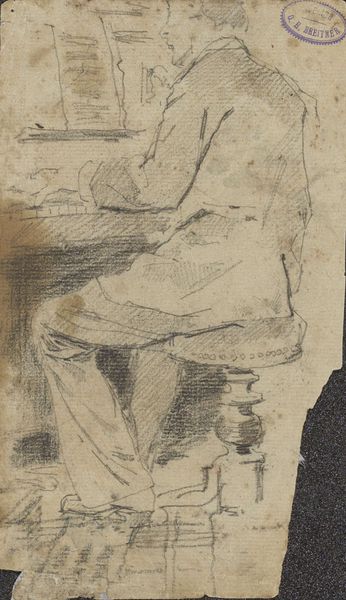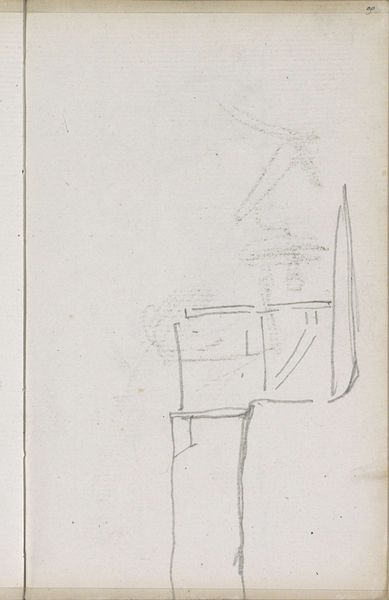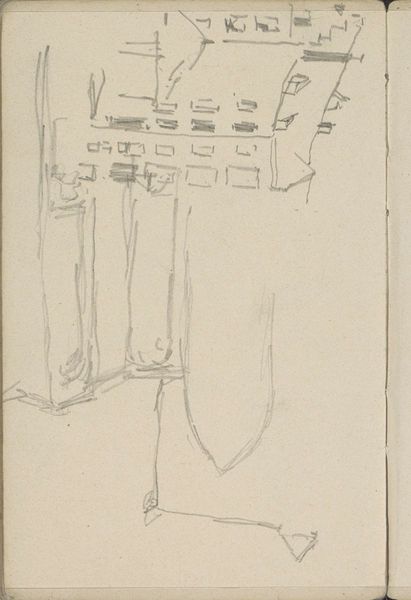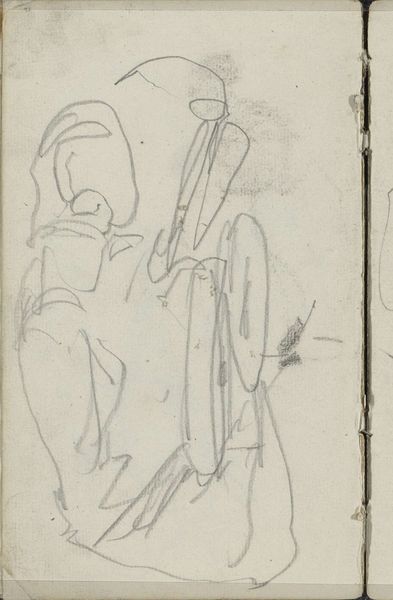
drawing, pencil
#
drawing
#
amateur sketch
#
light pencil work
#
incomplete sketchy
#
hand drawn type
#
landscape
#
personal sketchbook
#
detailed observational sketch
#
pencil
#
sketchbook drawing
#
quick sketch
#
sketchbook art
#
realism
#
initial sketch
Copyright: Rijks Museum: Open Domain
Johan Hendrik Weissenbruch made this drawing of a barn, or 'schuur' in Dutch, using graphite on paper. Weissenbruch was a leading figure in the Hague School, a group of Dutch realist painters in the late 19th century. They focused on landscapes and everyday scenes. In contrast to the art establishment, they wanted to capture the authentic experience of Dutch life. This seemingly simple sketch of a barn is thus part of a wider cultural movement: a democratic vision of art. In its simplicity, Weissenbruch's barn reflects the values of the Hague School, which turned away from idealized depictions of nature and focused on the ordinary, the everyday. The directness of the sketch seems to imply a lack of artifice, but of course, that is an artistic effect in itself. As art historians, we can look into exhibition records, artists' letters, and period publications to more fully understand the social context of this drawing.
Comments
No comments
Be the first to comment and join the conversation on the ultimate creative platform.
